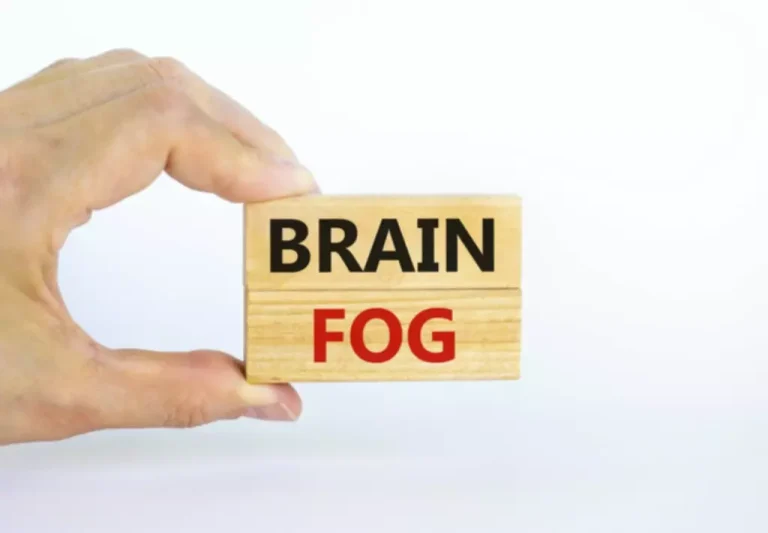PROTRACTED WITHDRAWAL SYNDROME PWS JULY 11

Patients should be observed every three to four hours to assess for complications such as worsening anxiety and dissociation, which may require medication. Symptoms begin within 24 hours of last use of stimulants and last for 3-5 days. By Corinne O’Keefe OsbornCorinne Osborn is an award-winning health and wellness journalist with a background in substance abuse, sexual health, and psychology. If you’re not sure what to say, ask them how you can best support them. You can also regularly send them messages or call them to remind them that you’re thinking of them.

What to Know About Benzodiazepine Withdrawal
However, when used for an extended period of time (e.g. several weeks), dependence can develop. Offer accurate, realistic information about drugs and withdrawal symptoms to help alleviate anxiety and fears. Providing withdrawal management in a way that reduces the discomfort of patients and shows empathy for patients can help to build trust between patients and treatment staff of closed settings. Psychiatric evaluation is strongly recommended to rule out mental health concerns such as suicidal ideation, major depression, and poly-substance abuse. A team of 23 experts with mostly academic, clinical, and/or lived experience taking benzodiazepines formed the Benzodiazepine Nosology Workgroup.

Patient Accounts

In 2011, I developed acute pelvic pain and intense periods of anxiety and panic. I had soaking night sweats, insomnia, tinnitus, dizziness and paresthesia. These symptoms intensified over the next few months, and I sought advice from my PCP, who referred me to neurology and gynecology for evaluation. All of my labs, pelvic ultrasound, lumbar and pelvic MRIs were within normal limits. More severe reactions or withdrawals may also be more likely when taking strong drugs either for long periods or alongside other types of medications.

Benzodiazepine withdrawal syndrome
- They want to taper the patients off the benzodiazepines, but the patients are convinced that they need the drugs, and that their symptoms must be related to other diseases.
- During withdrawal, the patient’s mental state should be monitored to detect complications such as psychosis, depression and anxiety.
- It can provide relief to many of the physical symptoms of opioid withdrawal including sweating, diarrhoea, vomiting, abdominal cramps, chills, anxiety, insomnia, and tremor.
- If symptoms are not sufficiently controlled either reduce the dose of methadone more slowly, or provide symptomatic treatment (see Table 3).
- I began researching the effects of benzodiazepines and found literature that supported my worsening condition.
According to the American Psychiatric Association (APA), withdrawal symptoms from short-acting benzodiazepines peak on the second day and improve by the fourth or fifth. The onset of benzodiazepine withdrawal depends on the specific medication you are taking. Short-acting drugs like Xanax (alprazolam) and Ativan (lorazepam) leave the system quicker, which means withdrawal symptoms can appear in as little as eight to 12 hours. Patients are often caught up in these diagnostic dilemmas that can result in an array of off-target treatments.
What happens when you stop taking benzodiazepines?
- This will prevent you from altering the taper, but it might mean frequent trips to the pharmacy.
- As many as 5% of these patients may develop delirium tremens (DT) when they withdraw from chronic alcohol use.
- If you or a loved one are experiencing PAWS, there are treatments to help you manage these symptoms.
- Table 3 provides guidance on medications for alleviating common withdrawal symptoms.
Patients with DTs or other severe withdrawal symptoms may require admission to the intensive care unit due to the risk of mortality. It usually resembles a flu-like illness characterized by yawning, sneezing, rhinorrhea, nausea, diarrhea, vomiting, and dilated pupils. Depending on the half-life of the drug, the symptoms may last for three to ten days. Also, individuals who abuse IV drugs are prone to infections like endocarditis, osteomyelitis, cellulitis, hepatitis, and septic emboli. Patients with Opioid Use disorder may have signs of a cough, hemoptysis, and tachypnea due to opportunistic infections as a result of acquiring HIV and PCP. Tracking your triggers, managing stress, and taking care of your basic needs might help keep your symptoms in control.
- Use of sedatives like barbiturates and benzodiazepines can also produce withdrawal responses that resemble alcohol withdrawal syndrome.
- It was a grueling experience that had enormous impacts on my family, professional and social life.
- During withdrawal (whether due to tolerance or tapering) and recovery, patients often experience an irregular, unpredictable cycling between relative lessening and exacerbation of symptoms.
- People looking to get off benzos should do so under the guidance of a healthcare professional, who may recommend coping strategies and other tools to make the withdrawal process more comfortable.
Tapering off supratherapeutic doses
They could rate each problem as nonexistent, mild, moderate, severe, quite severe, or enormous. But when you start removing benzodiazepines from your system, suddenly your clogged neurons become an open freeway with no traffic lanes. All those extra chemicals flood your brain, and the excess activity causes symptoms like anxiety severe benzodiazepine withdrawal syndrome and sweating. If you’re predisposed to seizures, your risk of having a seizure may also increase during the withdrawal period. The term ‘withdrawal management’ (WM) has been used rather than ‘detoxification’. This is because the term detoxification has many meanings and does not translate easily to languages other than English.
Prescription medication and other clinical treatment options
Tinnitus occurring during dose reduction or discontinuation of benzodiazepines is alleviated by recommencement of benzodiazepines. Dizziness is often reported as being the withdrawal symptom that lasts the longest. Protracted symptoms continue to fade over a period of many months or several years. Presentation may vary based on the frequency, duration, and quantity that was typically used. The body aims to maintain homeostasis, and when a chemical that was once overused is removed, counter-regulatory mechanisms may produce unopposed effects, and withdrawal symptoms may ensue. This activity outlines the evaluation and management of patients presenting with withdrawal syndromes and highlights the role of the interprofessional team in managing the patients with these conditions.